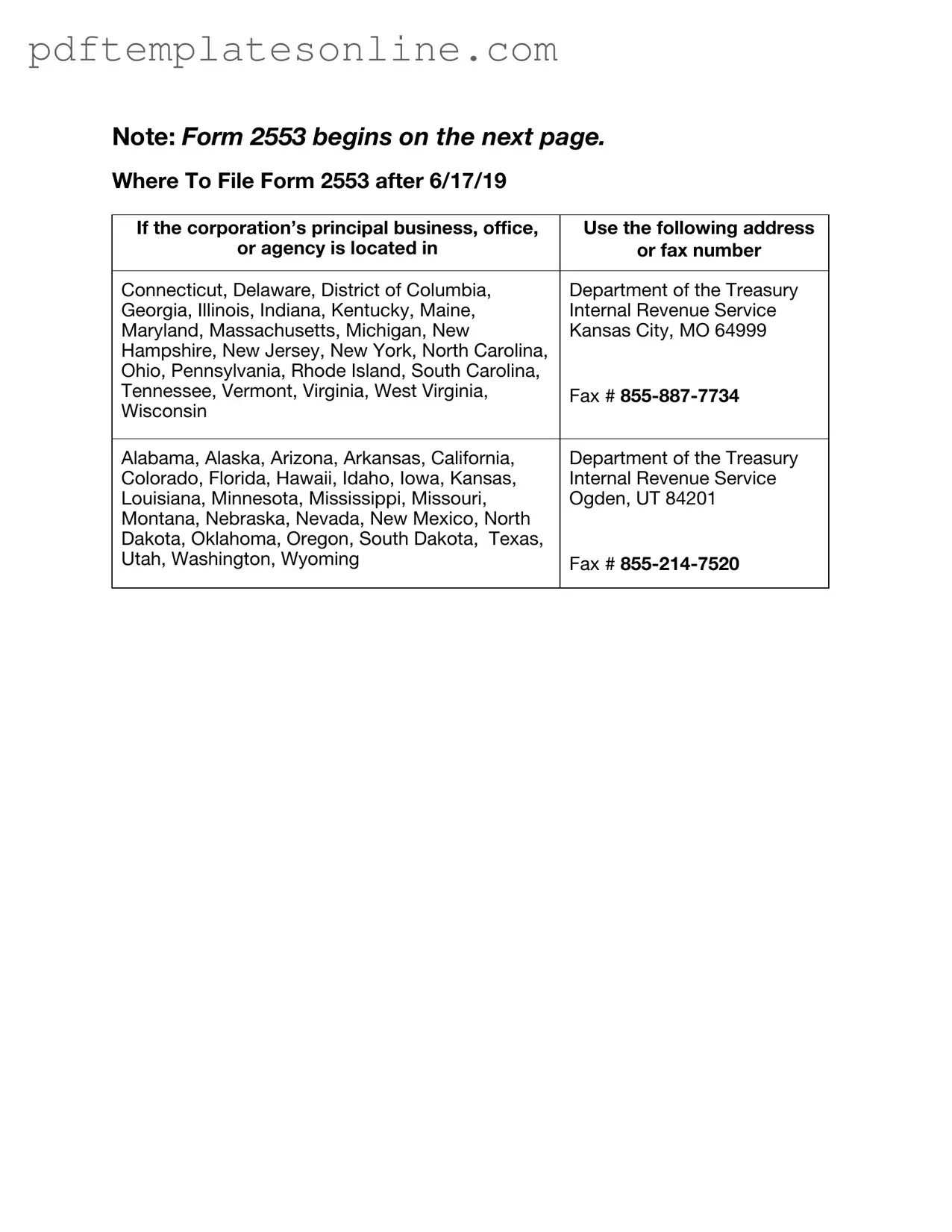Blank IRS 2553 Form
The IRS Form 2553 is a crucial document used by small businesses to elect S Corporation status for tax purposes. This form allows eligible corporations to pass corporate income, losses, deductions, and credits directly to shareholders, thereby avoiding double taxation. Understanding how to properly complete and submit this form is essential for maximizing tax benefits and ensuring compliance with IRS regulations.
Access IRS 2553 Editor Now
